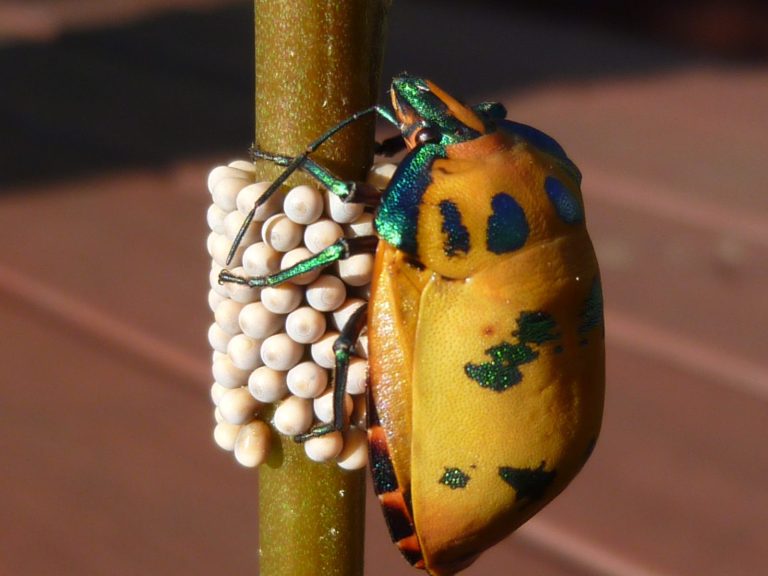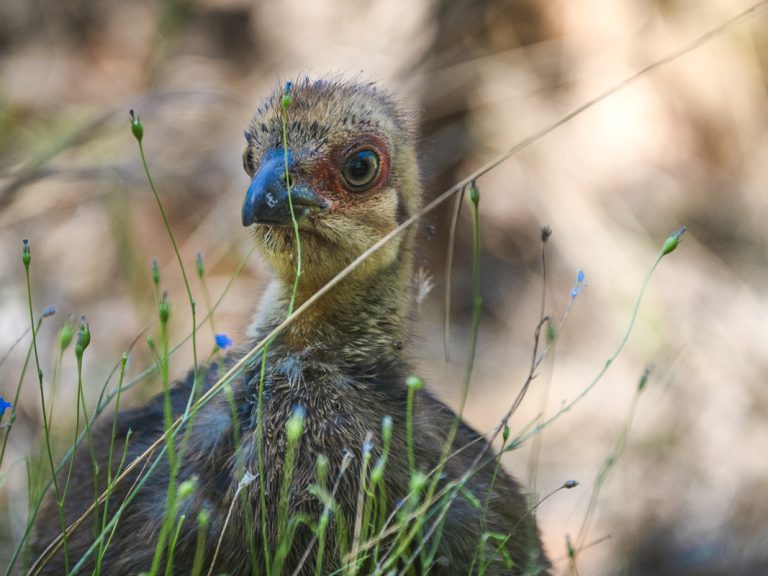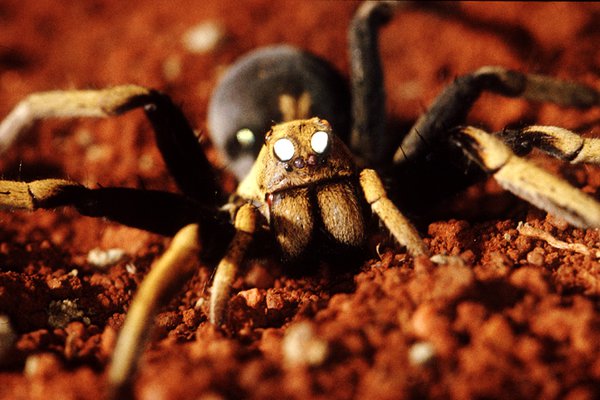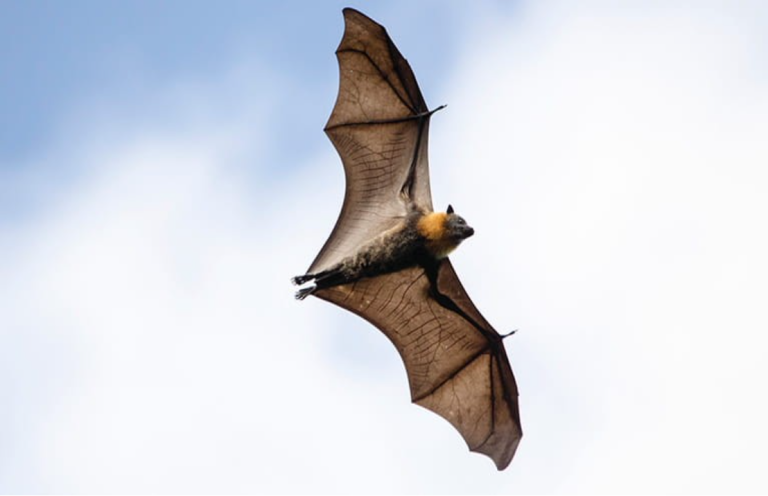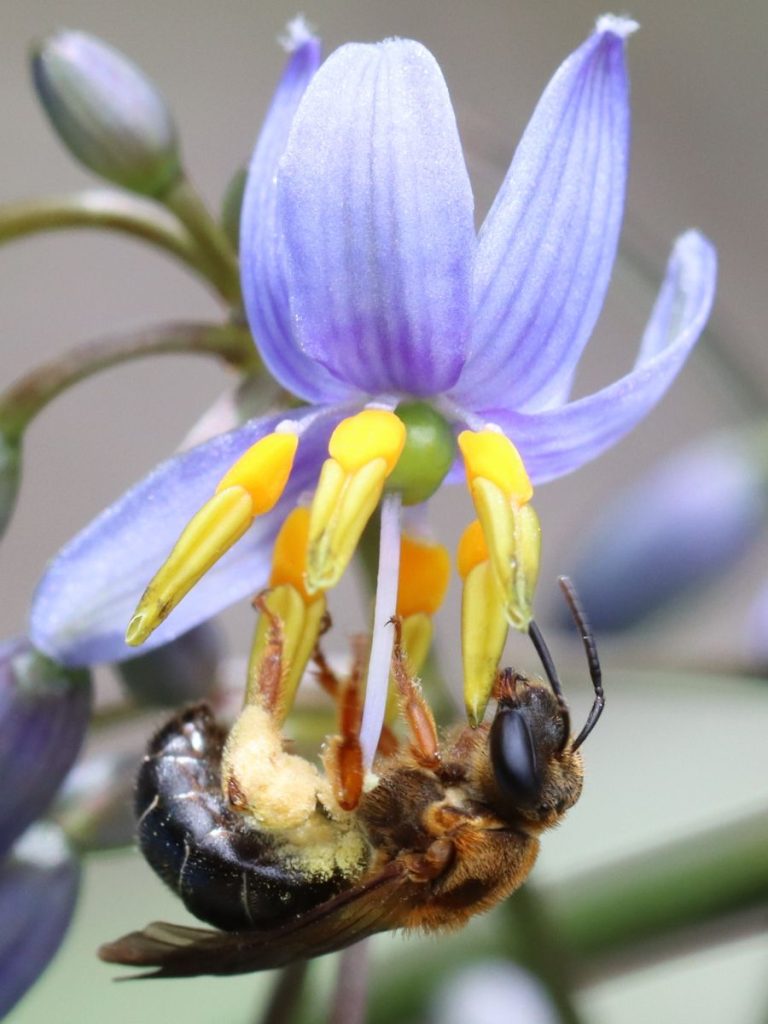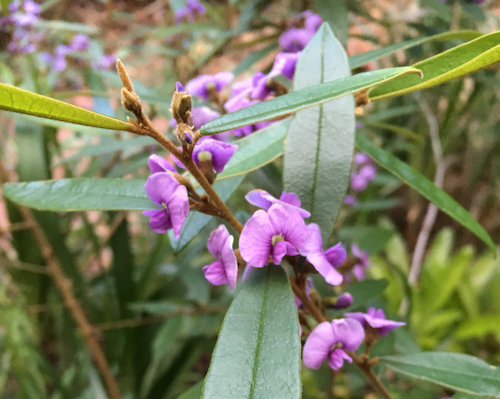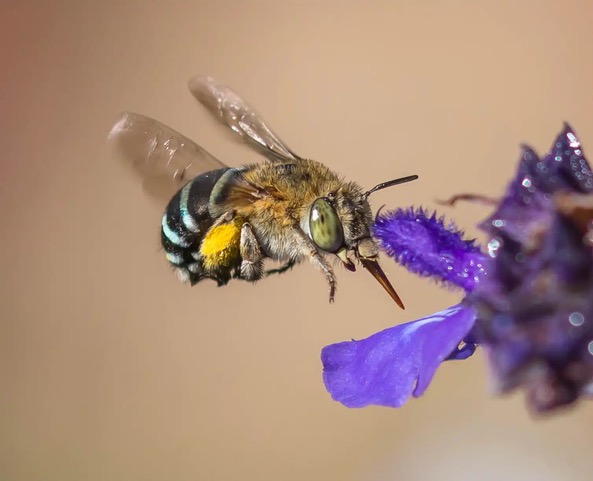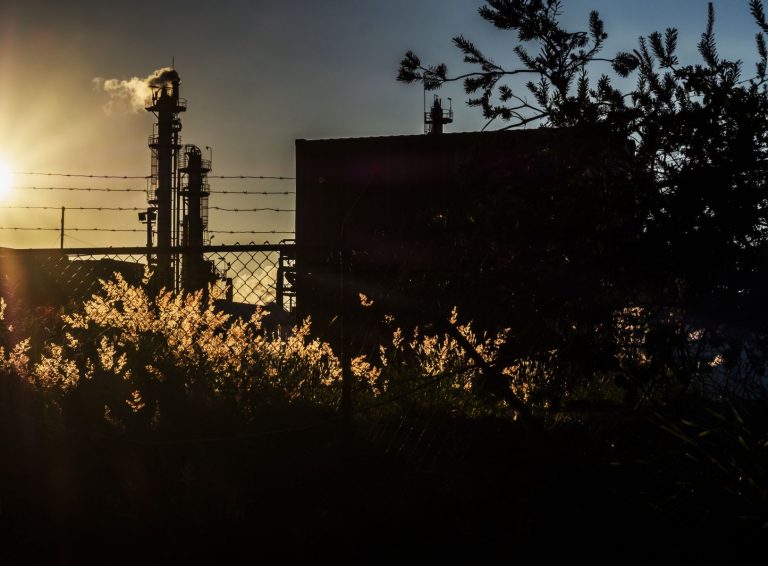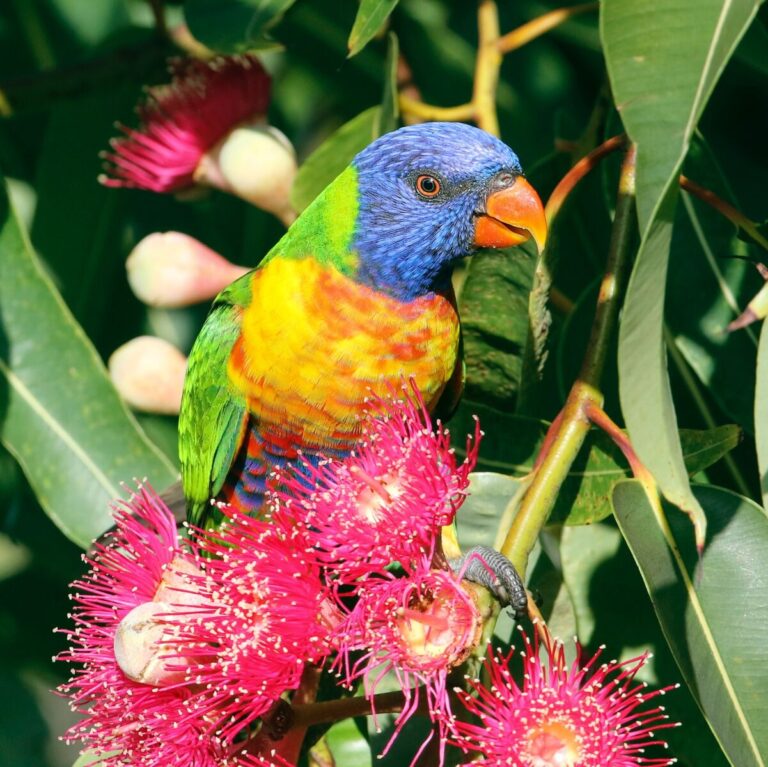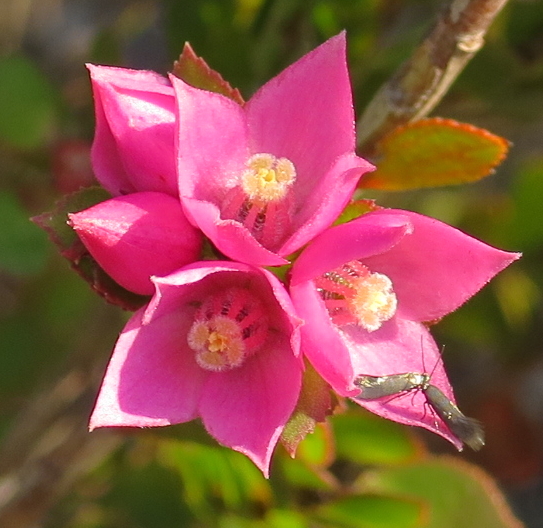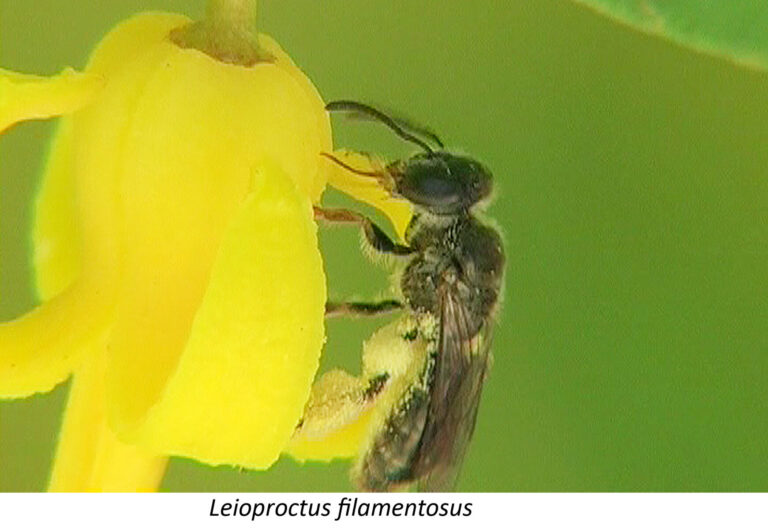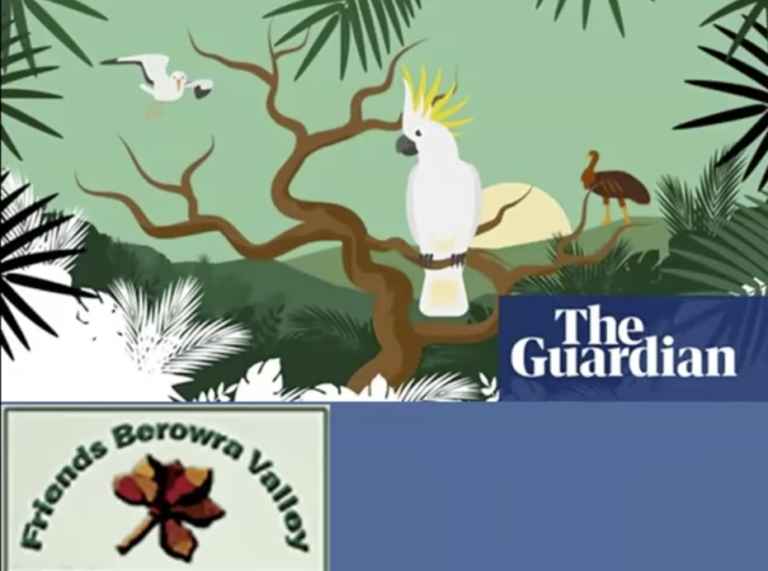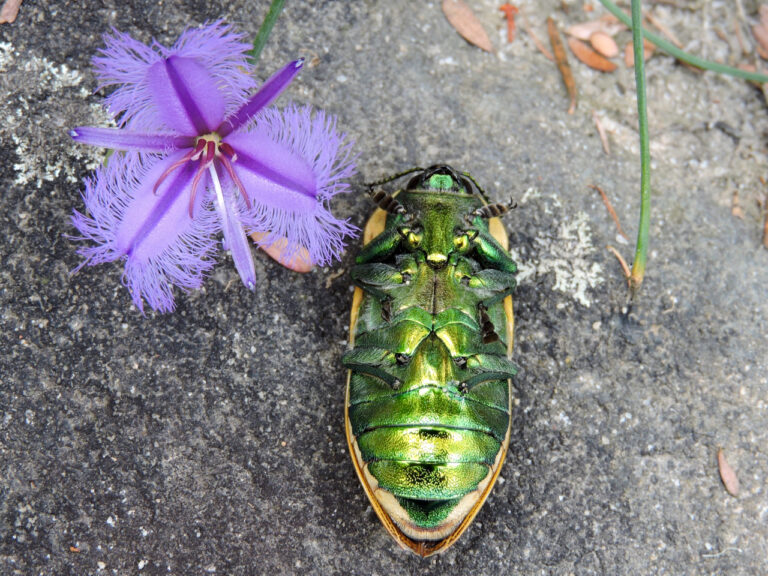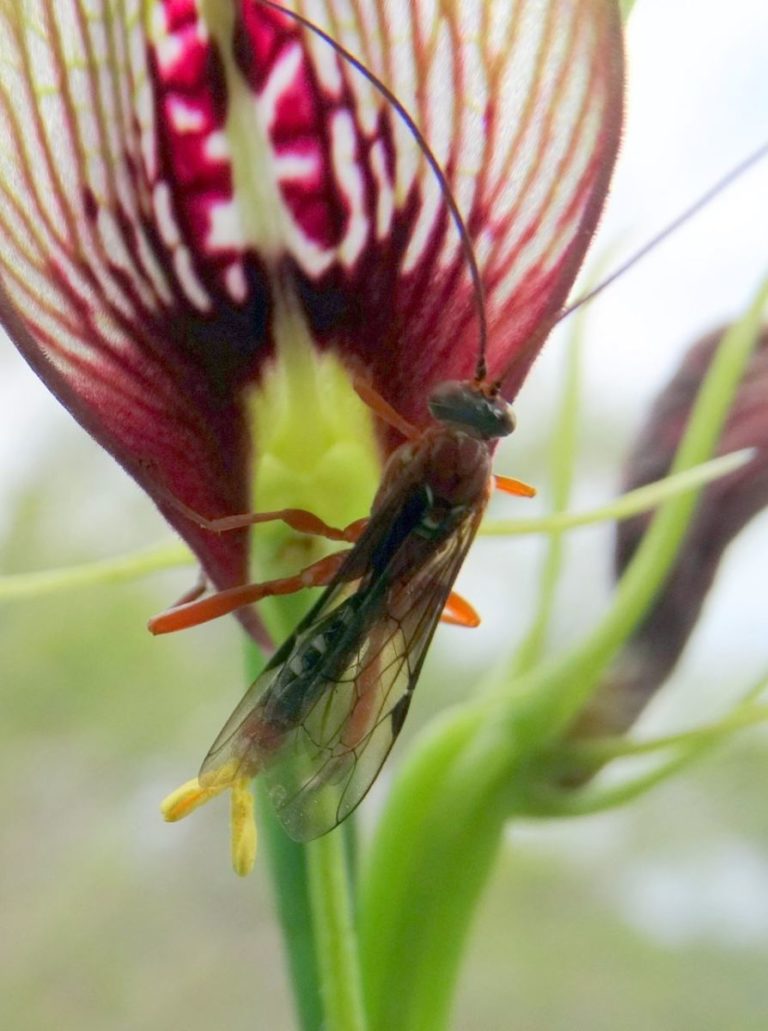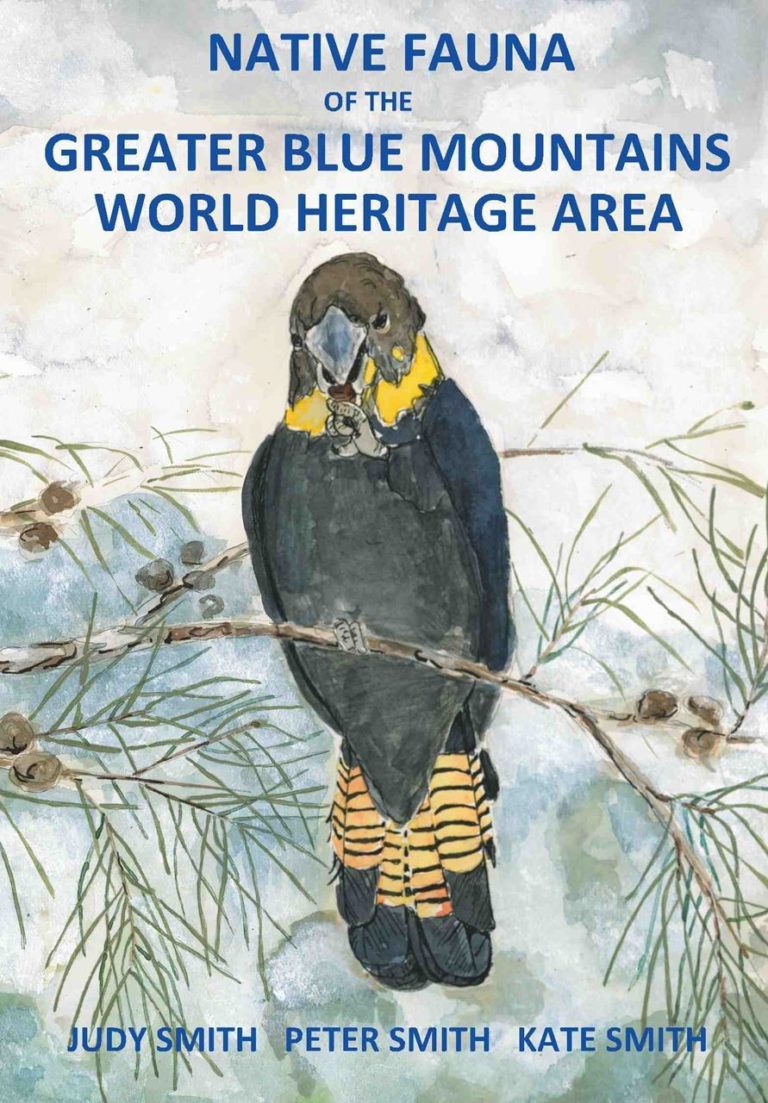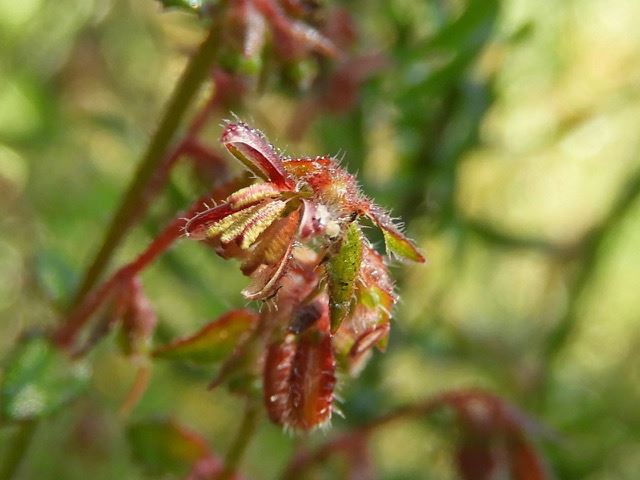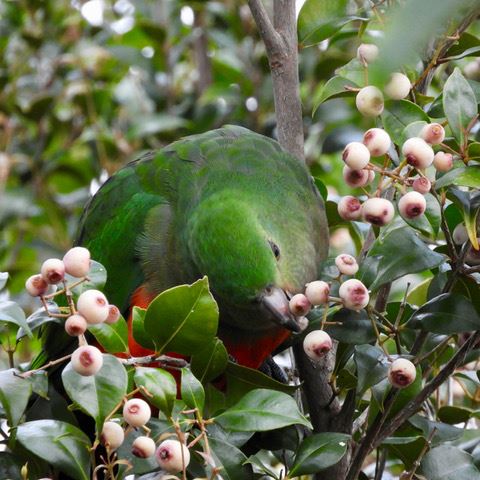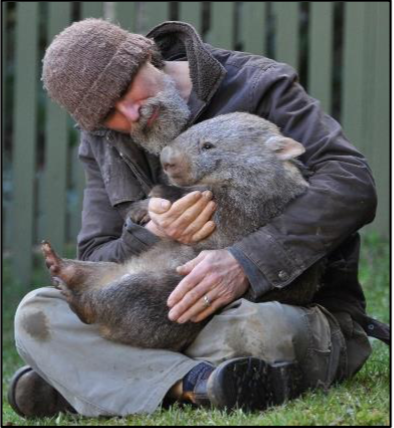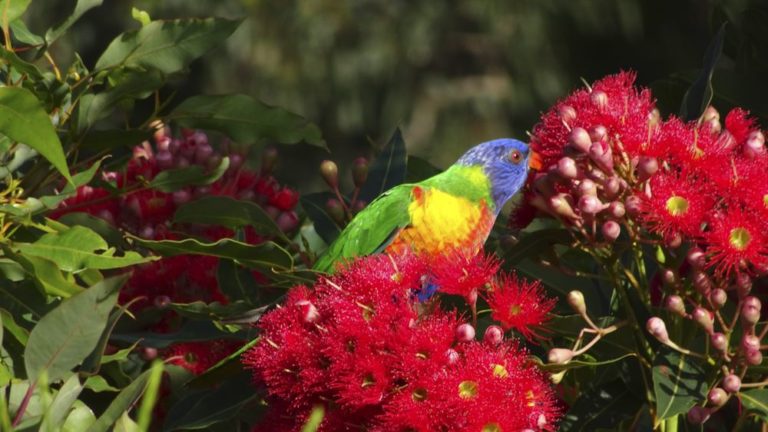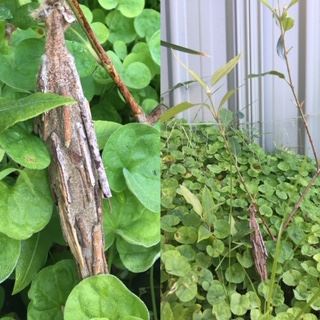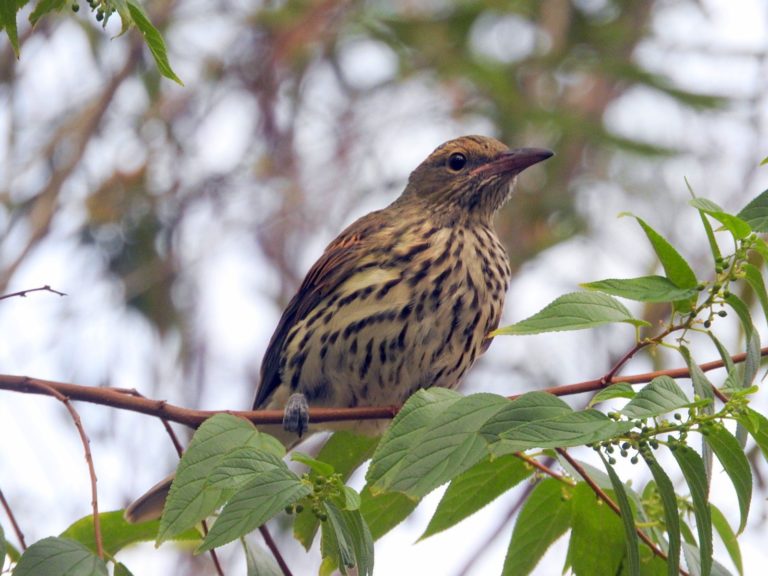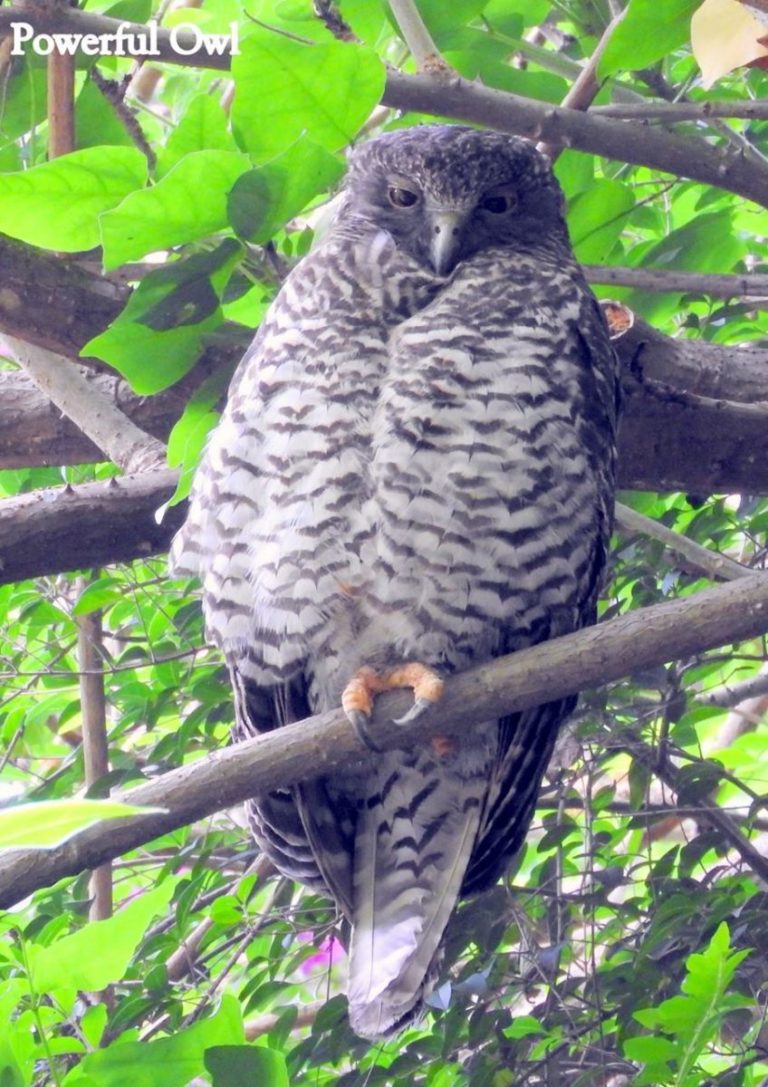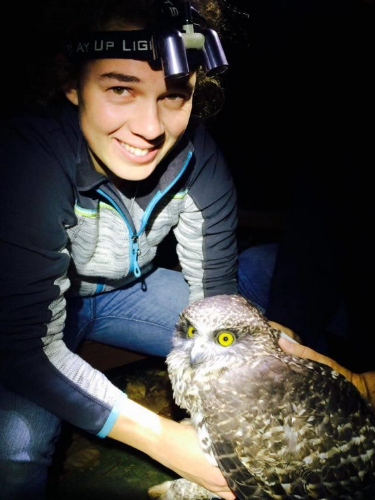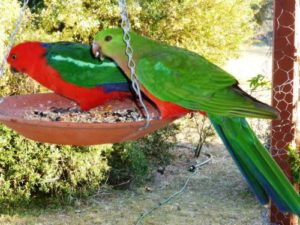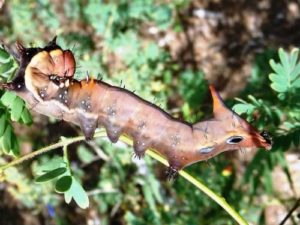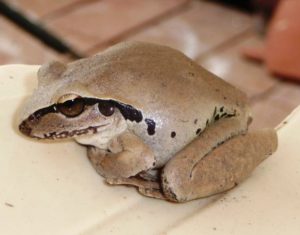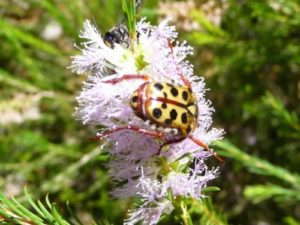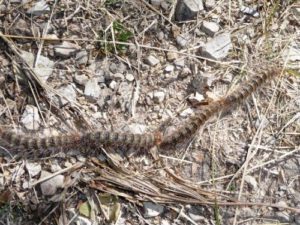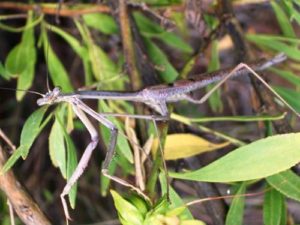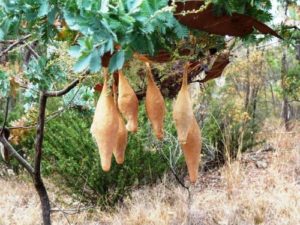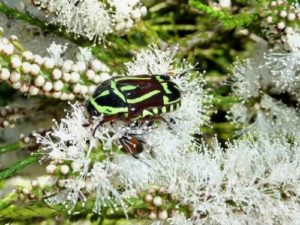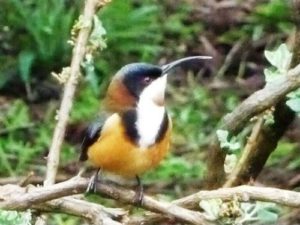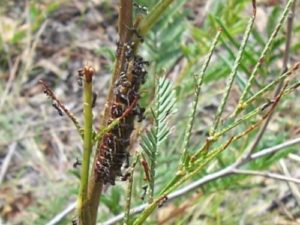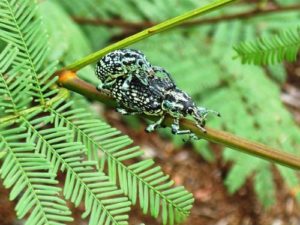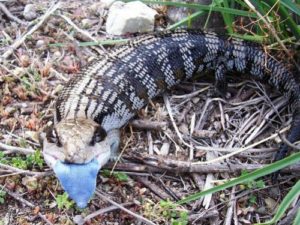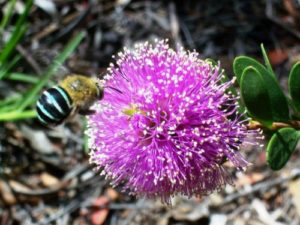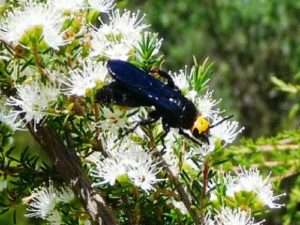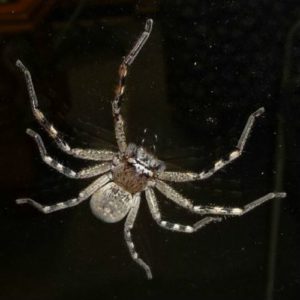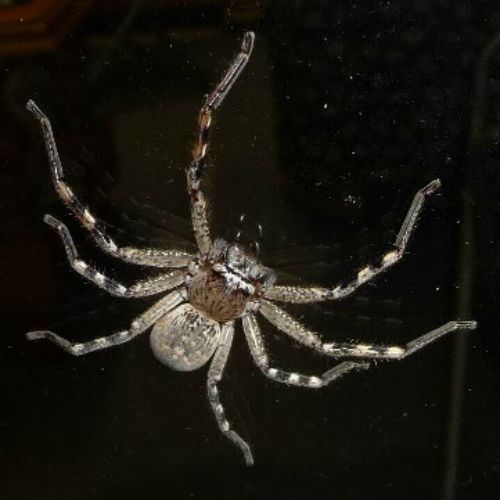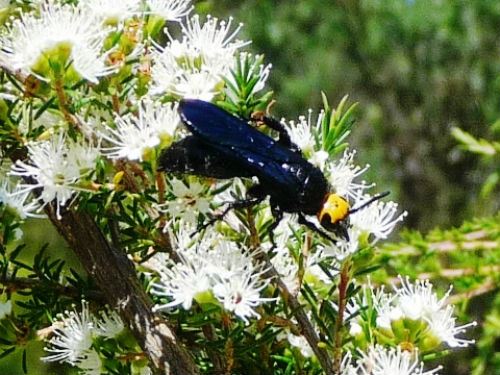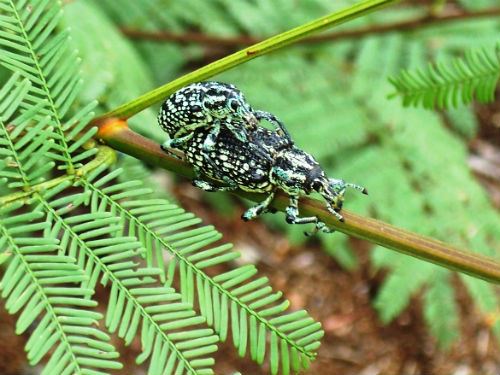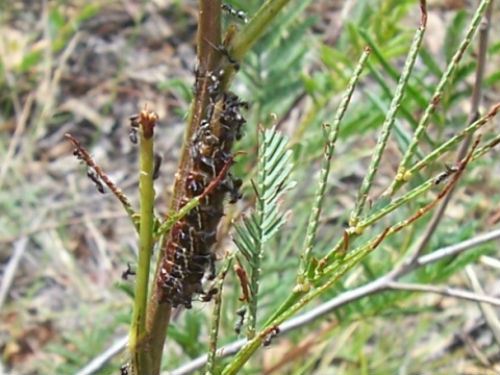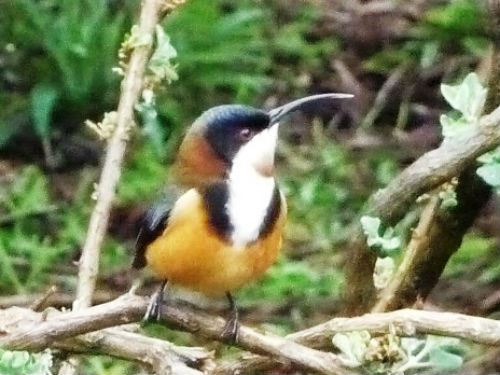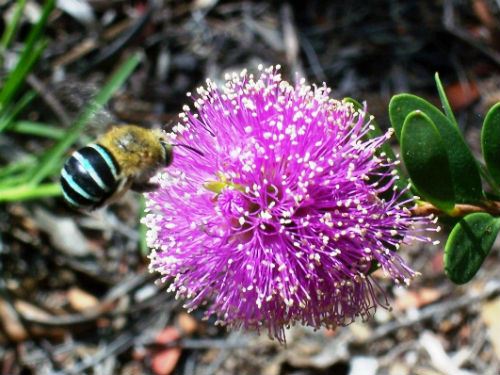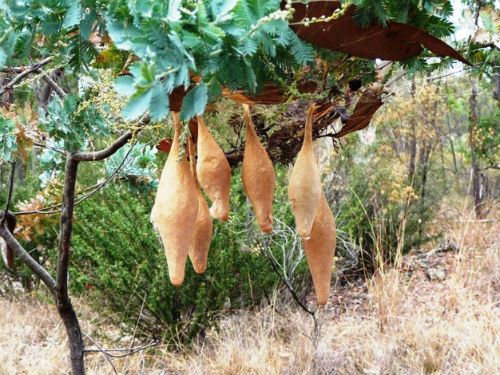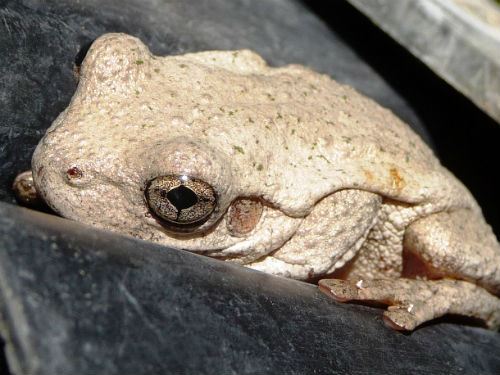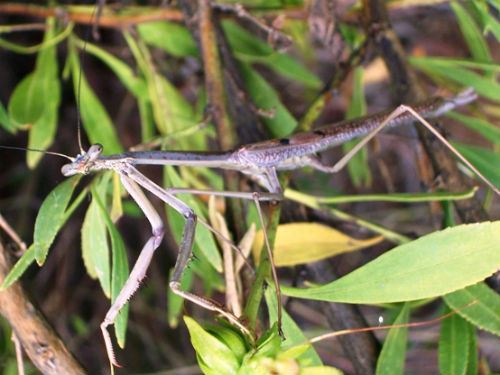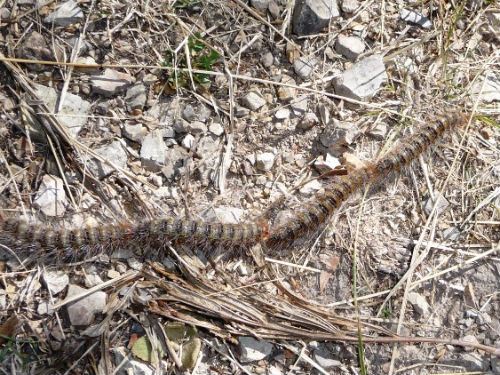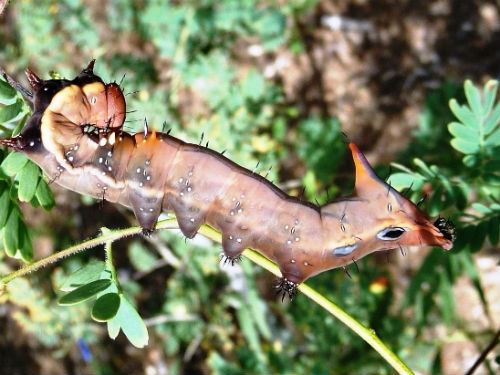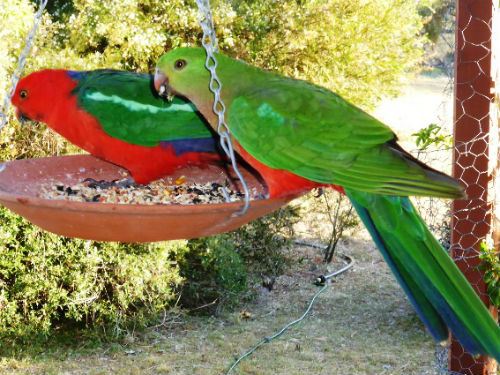Common visitors to our gardens
Use the search and filtering features in the table below to find animals of interest and then click on an animal’s Image or Title to view animal details.
| Image | Scientific Name | Common Name | Summary |
|---|---|---|---|
| Badge Huntsman Spider | Badge Huntsman Spider | Badge Huntsman Spiders (Neosparassus sp.) are large, long-legged spiders. The female’s body is 20 millimetres long whilst the male’s is 16 millimetres. This differs from many spiders where the male is much smaller than the female. | |
| Blue-tongued Lizard (Tiliqua scincoides) | Blue-tongued Lizard | Blue-tongued Lizard (Tiliqua scincoides) is a large reptile with a total length of 45 centimetres. The species is also known as the Eastern Blue-tongued Lizard and occurs from south-eastern South Australia through Victoria, eastern New South Wales most of Queensland to the Northern Territory and north-western Western Australia. | |
| Blue Flower Wasps | Blue Flower Wasps | The large range of native plants in our cold climate garden attracts many insects. We find that, because of the size of the garden, insects cause very little damage to our plants. In fact, we feel that the majority of native insects are either useful or benign. | |
| Botany Bay Diamond Weevil (Chrysolophus spectabilis) | Botany Bay Diamond Weevil | Weevils (Curculionidae) form the largest family of beetles (or Coleoptera). Conservatively there are 4000 species recorded from Australia. | |
| Common Imperial Blue Butterfly (Jalmenus evagoras) | Common Imperial Blue Butterfly | We are constantly amazed and delighted by the range of arthropods (insects, spiders etc) that both live in and visit our cold climate garden. | |
| Eastern Spinebill (Acanthorhynchus tenuirostris) | Eastern Spinebill | The Eastern Spinebill is about 150 millimetres long including the long, narrow beak. | |
| Blue-banded Bee | Blue-banded Bee | One of our reasons for establishing a native garden is to establish a haven for wildlife. This includes birds, reptiles, amphibians and arthropods. Unfortunately, many gardeners have been conditioned to reach for poisons as soon as they see something with six legs and wings. | |
| Fiddler Beetle (Eupoecila australasiae) | Fiddler Beetle | The large range of native plants in our cold climate garden attract a wide range of insects. | |
| Magnificent Spider (Ordgarius sp.) | Magnificent Spider | We share our cold climate garden with macropods, echidnas, birds and many arthropods including insects, spiders etc. | |
| Peron’s Tree Frog (Litoria peronii) | Peron’s Tree Frog | Peron’s Tree Frog (Litoria peronii) is also known as the Emerald Spotted Tree Frog, Laughing Tree Frog and Maniacal Cackle Frog. The last two names refer to its distinctive call. | |
| Praying Mantis | Praying Mantis | Praying Mantis is a member of the Mantidae family. Australia is home to about 80 species. We will not attempt to identify the species illustrated but it is reasonably common in our cold climate garden. | |
| Processional Caterpillars (Ochrogaster lunifer) | Processional Caterpillars | A few years ago we came across what we thought was a metre long, hairy snake. Closer inspection revealed that the snake was in fact a line of caterpillars. We also found two more processions. Each procession was about 50 centimetres long. | |
| Spotted Flower Chafer Beetle, Polystigma punctata | Spotted Flower Chafer Beetle | The large range of native plants in our cold climate garden attract a wide range of insects. | |
| Stony Creek Frog, Litoria wilcoxi | Litoria wilcoxi | Frogs world wide are having a tough time. A Chytrid fungus has been linked to the decline and disappearance of many frog species. We are providing frog habitat in our cold climate garden with a number of ponds. So far we have five species using our aquatic environments. | |
| Wattle Moth (Neola semiaurata) | Wattle Moth | When we first observed this insect we thought that a double-headed caterpillar had been discovered. On closer examination, we realised that the structure at the lower end of the caterpillar was a “pseudo-head” that came complete with eye-spots to confuse predators. | |
| King Parrots, Alisterus scapularis | King Parrots | King Parrots (Alisterus scapularis) are large birds 41 to 44 centimetres long. Males and females are dramatically different in colour. |

